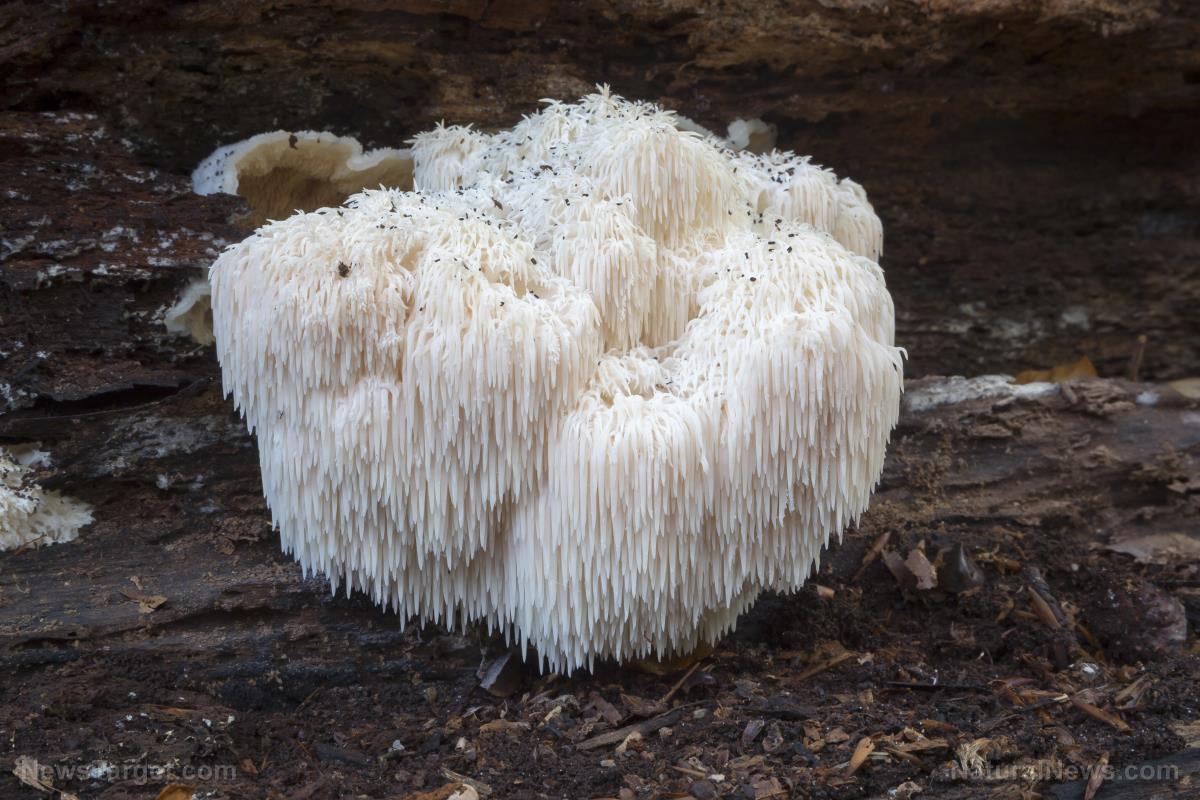
Furthermore, its sensitivity allows it to perform numerous biological and chemical analyses with high accuracy. Optimization could give it the capability to identify individual chemicals, molecules, and viruses.
"Our new fiber sensor has a simple structure and is inexpensive to make while being small enough for highly sensitive measurement in narrow areas. In the future, it could be used for chemical and biological sensing in a variety of applications," suggested Chao Chen, a researcher from the Changchun Institute of Optics, Fine Mechanics and Physics (CIOMP).
The business end of the new sensor is a millimeter long and mounted on the "S taper" end of an optical fiber. It inspects the refractive index of its target to determine chemical parameters such as concentration and pH.
According to the results of the Chinese study, the fiber refractive index sensor is nine times more sensitive than its counterparts. Furthermore, it retains its accuracy despite changes in temperature.
"The tiny sensor could potentially be used at refineries to detect leaks that might lead to a fire or explosion. The device is sensitive and requires very little sample for analysis, characteristics that could make it useful for detecting contaminants in food, for example," suggested Chen.
Chen's research team published their report in the journal Optical Materials Express. (Related: New graphene gas sensor inspired by dog noses.)
Optical sensor looks for spectral shifts
The refractive index sensor works by channeling supercontinuum white light through the optic fiber and into the S taper end. Some of that illumination is deliberately leaked out of the taper so that it could interact with its surroundings. That contact causes the light to shift spectrum.
A silver mirror at the end of the fiber collects this altered light and reflects it back down the fiber, where an optical spectrum analyzer is on the lookout for any spectral shifts. Such shifts can provide clues regarding the properties of the sample.
The original version of the sensor actively transmitted light through the sample. Its use of an S-shaped taper allowed the sensing portion of the fiber to be smaller than other reflection refractive index sensors, which used tapered fibers that were too long for compact probing.
The researchers modified their earlier prototype to use reflected light so that it could fit inside cramped or narrow spaces. The changeover reduced the sensitivity of the device as it went into small beds that it would probably encounter during insertions.
New sensor works even in boiling temperatures
The first phase of their testing called for immersing the new sensor in different concentrations of glycerin-water solutions at room temperature. Researchers kept an open eye out for any refractive index changes that took place.
The results revealed that their sensor showed excellent sensitivity to any spectral shifts that took place in the glycerin-water solutions.
For the second phase, the researchers cranked up the heat. They raised the temperature of the solutions in increments of 50 degrees Farenheit (10 degrees Celsius) until they achieved 212 degrees Farenheit (100 degrees Celsius).
They reported that the sensor successfully continued accurate operations despite boiling temperatures.
For Chen and his fellow researchers, the next step is to determine if increasing the narrowness of the fiber taper will result in increased sensitivity. Another objective is to create a version with specialized material that binds to certain elusive molecules like DNA or viruses.
Visit Scientific.news for more scientific breakthroughs in biological and chemical applications.
Sources include:
Please contact us for more information.























